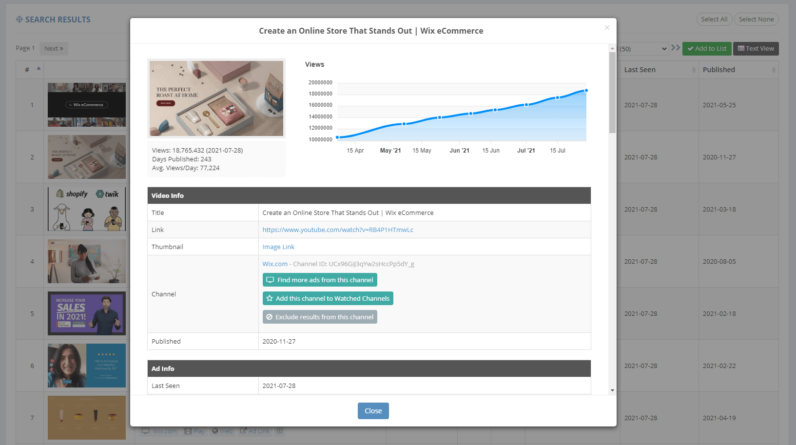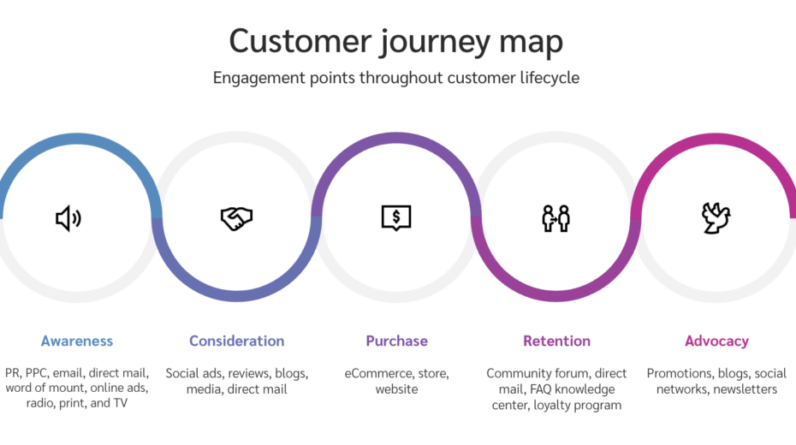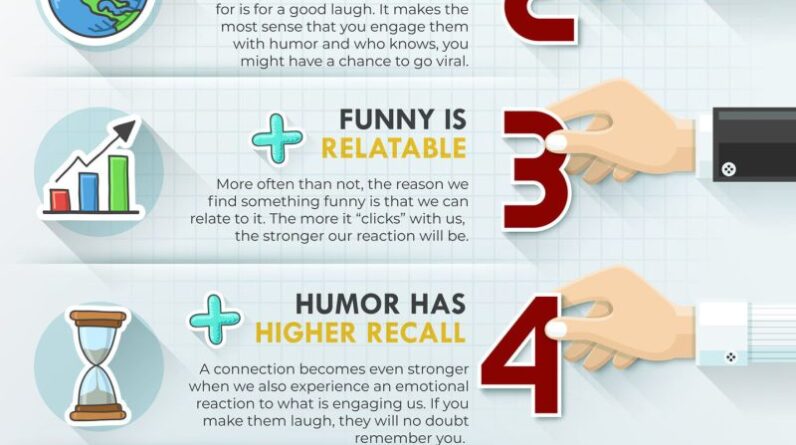
Imagine this scenario: you’re sitting in front of your TV, watching a commercial that immediately grabs your attention. In just a few seconds, you find yourself wrapped up in a captivating story, completely forgetting that it’s actually an ad. You lean in closer, eagerly waiting to see how the story unfolds. This magical power of storytelling is exactly what can make your ad campaigns not only effective but also unforgettable. In this article, we will explore various strategies and techniques to effectively incorporate storytelling into your ad campaigns, making them more engaging, relatable, and ultimately, successful. So, get ready to embark on a journey where creativity and marketing intertwine, leaving a lasting impact on your target audience.

Why Incorporate Storytelling into Ad Campaigns?
Storytelling is a powerful tool that allows us to connect with our audience in a more meaningful and impactful way. By incorporating storytelling into our ad campaigns, we can create a deeper emotional connection with consumers, differentiate ourselves from competitors, and ultimately drive better results.
Connecting with the Audience
One of the primary reasons to incorporate storytelling into ad campaigns is to establish a connection with the audience. When we share stories that resonate with people’s experiences, beliefs, and values, we capture their attention and give them a reason to engage with our brand. Stories have the ability to tap into universal emotions and experiences, making them relatable and memorable.
Creating Emotional Impact
Emotion is a powerful driver of human behavior, and storytelling has the unique ability to evoke strong emotions in the audience. By crafting a compelling narrative, we can create an emotional impact that resonates with our target audience. This emotional connection can evoke empathy, inspire action, and foster long-term loyalty.
Differentiating from Competitors
In today’s crowded marketplace, it is essential to find ways to stand out from competitors. Storytelling provides an opportunity to differentiate ourselves by showcasing our unique brand narrative. By highlighting our values, purpose, and brand story, we can create a distinct identity that sets us apart from the competition. Storytelling allows us to create a perception of value and authenticity that can be difficult for competitors to replicate.
Understanding Your Target Audience
Before we can effectively incorporate storytelling into our ad campaigns, we must first have a deep understanding of our target audience. This involves identifying both the demographics and psychographics of our audience and gaining valuable insights through market research.
Identifying Demographics and Psychographics
Demographics refer to specific characteristics of our target audience, such as age, gender, location, and income level. By understanding the demographics of our audience, we can tailor our storytelling to resonate with their unique needs and preferences.
Psychographics, on the other hand, delve into the psychological and behavioral aspects of our audience. This includes their values, beliefs, interests, motivations, and purchasing behaviors. Understanding the psychographics of our audience allows us to create stories that align with their aspirations and connect on a deeper level.
Gaining Insights through Market Research
Market research is a valuable tool for gaining insights into our target audience. By conducting surveys, interviews, and focus groups, we can uncover valuable information about their preferences, challenges, and motivations. This research can guide our storytelling efforts and ensure that our campaigns resonate with our audience.
Crafting a Compelling Brand Story
Once we have a solid understanding of our target audience, we can begin crafting a compelling brand story that will resonate with them. This involves defining our brand’s values and purpose, identifying the hero and villain archetypes, and creating a narrative arc that engages and captivates the audience.
Defining the Brand’s Values and Purpose
The foundation of any brand story lies in its values and purpose. These elements define who we are as a brand and what we stand for. By clearly defining our values and purpose, we can align our storytelling with these core principles, creating a narrative that is authentic and resonates with our audience.
Identifying the Hero and Villain Archetypes
Every compelling story needs characters, including a hero and a villain. In the context of our brand story, the hero represents our audience, while the villain represents the challenges or obstacles they face. By defining these archetypes, we can create a narrative that positions our brand as the solution to the hero’s problems, connecting with our audience on a deeper level.
Creating a Narrative Arc
A strong narrative arc is crucial for keeping our audience engaged throughout our ad campaigns. This involves structuring our story in a way that captures attention, builds anticipation, introduces conflict, and provides resolution. By following this narrative arc, we can create a sense of momentum and emotional investment in our audience, ultimately driving action and engagement.
Choosing the Right Media Channels
Once we have crafted our brand story, it is essential to choose the right media channels to effectively deliver our message. This involves matching the storytelling format to the channel, leveraging digital and social media platforms, and considering traditional advertising mediums.
Matching the Storytelling Format to the Channel
Different media channels have different strengths and constraints when it comes to storytelling. For example, a video advertisement allows for visual storytelling, while a radio commercial relies heavily on audio storytelling. By adapting our storytelling format to the strengths of each channel, we can maximize the impact of our message and engage our audience effectively.
Leveraging Digital and Social Media Platforms
Digital and social media platforms provide us with a wealth of opportunities to incorporate storytelling into our ad campaigns. With features such as videos, images, and interactive content, we can create immersive and engaging brand experiences that captivate our audience. Additionally, these platforms allow for targeted advertising, ensuring that our story reaches the right people at the right time.
Considering Traditional Advertising Mediums
While digital and social media platforms are highly effective for storytelling, we should not neglect traditional advertising mediums. Print ads, billboards, and television commercials still have a significant reach and can be used to deliver compelling brand stories. By carefully considering the strengths and limitations of each medium, we can create a cohesive and impactful storytelling campaign across various channels.

Integration of Storytelling with Visuals and Design
Visuals and design play a crucial role in enhancing the storytelling experience. By using visual elements to enhance the story, maintaining consistent branding across advertisements, and employing engaging design strategies, we can create a visually appealing and cohesive ad campaign.
Using Visual Elements to Enhance the Story
Visual elements, such as images, videos, and graphics, can bring our brand story to life and captivate the audience’s attention. By incorporating visuals that align with our narrative, we can create a more immersive and memorable experience for our audience. Whether it’s using vibrant colors, compelling imagery, or dynamic animations, visuals can enhance the emotional impact of our storytelling.
Consistent Branding across Advertisements
Consistency is key when it comes to branding. To effectively incorporate storytelling into our ad campaigns, we must ensure that our branding is consistent across all advertisements. This includes using the same visual elements, fonts, colors, and messaging to create a cohesive brand identity. Consistent branding not only reinforces our story but also helps build brand recognition and recall.
Engaging Design Strategies
Design plays a crucial role in capturing and retaining the audience’s attention. By employing engaging design strategies, such as typography, layout, and composition, we can create visually appealing advertisements that draw the audience in. Additionally, interactive design elements and user-friendly interfaces can further enhance the storytelling experience, encouraging deeper engagement and interaction.
Creating Characters and Personalities
Characters are an essential component of any compelling story. By developing relatable and memorable characters, building authentic personalities within the story, and using characters as brand ambassadors, we can create a deeper connection with our audience.
Developing Relatable and Memorable Characters
Relatable and memorable characters are more likely to resonate with the audience and leave a lasting impression. Whether they are fictional characters or based on real people, our characters should reflect our audience’s aspirations, values, and challenges. By developing characters that feel authentic and relatable, we can create an emotional connection that deepens the impact of our storytelling.
Building Authentic Personalities within the Story
Authenticity is key in building strong connections with our audience. By infusing our characters with authentic personalities that align with our brand values, we can create a story that feels genuine and relatable. Whether our characters are courageous, funny, or empathetic, their authentic personalities can draw the audience in and make our brand story more compelling.
Using Characters as Brand Ambassadors
Characters can also function as brand ambassadors, representing our brand and its values. By incorporating our characters into other marketing initiatives, such as social media campaigns, events, and partnerships, we can deepen the connection between our audience and our brand. These characters can become recognizable and beloved figures, further reinforcing our storytelling efforts.

Using Conflict and Resolution
Conflict is at the heart of any compelling story, as it creates tension and drives engagement. By introducing conflict to drive engagement, providing resolutions to invoke action, and leveraging storytelling techniques such as cliffhangers, we can keep our audience captivated throughout our ad campaigns.
Introducing Conflict to Drive Engagement
Conflict takes our audience on a journey, keeping them engaged and invested in our story. By introducing challenges, obstacles, or dilemmas within our storytelling, we create a sense of tension and curiosity that keeps the audience hooked. Conflict can take various forms, such as a problem that our product or service solves or a societal issue that aligns with our brand’s purpose. By addressing and resolving these conflicts, we can drive action and engagement.
Providing Resolutions to Invoke Action
Resolutions are essential in storytelling, as they provide closure and a sense of satisfaction for the audience. By showcasing how our brand solves the conflicts introduced in our story, we create a compelling reason for the audience to take action. Resolutions can involve demonstrating the benefits of our products or services, showcasing success stories, or offering solutions to the challenges our audience faces. By providing resolutions, we empower our audience to make informed decisions and become a part of our brand story.
Leveraging Storytelling Techniques such as Cliffhangers
Cliffhangers are a storytelling technique that can be used to create suspense and anticipation. By leaving certain elements unresolved, we can keep our audience engaged and eager for the next chapter of our brand story. Cliffhangers can be used in various formats, such as serialized content, where each installment ends with a cliffhanger, or in teaser campaigns that build anticipation for an upcoming product or event. By leveraging this technique, we create a sense of urgency and curiosity that drives ongoing engagement.
Storytelling in Copywriting and Messaging
Beyond the visual and design aspects, effective storytelling can be integrated into our copywriting and messaging. By writing compelling copy that hooks the audience, incorporating story elements into messaging, and using metaphors and analogies, we can create a memorable and persuasive brand narrative.
Writing Compelling Copy that Hooks the Audience
Compelling copy is crucial for capturing the audience’s attention and conveying our brand story effectively. By using attention-grabbing headlines, engaging storytelling techniques, and persuasive language, we can hook the audience and entice them to read or listen further. Effective copywriting should address the audience’s needs or desires, highlight the unique benefits of our products or services, and create a sense of urgency or excitement.
Incorporating Story Elements into Messaging
Every piece of messaging, whether it’s a tagline, a slogan, or a call-to-action, should be infused with storytelling elements. By incorporating storytelling techniques, such as conflict, resolution, and emotion, into our messaging, we can create a cohesive and impactful brand narrative. For example, a tagline could convey the challenges our audience is facing and position our brand as the solution or promise a transformational outcome.
Using Metaphors and Analogies
Metaphors and analogies are powerful tools for communicating complex ideas in a simple and relatable way. By using metaphors and analogies in our messaging, we can make our brand story more accessible and engaging for the audience. For example, comparing our product or service to a superhero, we can convey its exceptional capabilities and position it as a hero in the audience’s story. Metaphors and analogies help to simplify complex concepts and create a memorable and relatable brand narrative.
Utilizing Testimonials and User Stories
Real-life stories and experiences provide social proof and authenticity to our brand narrative. By leveraging testimonials and user stories, showcasing customer testimonials, and humanizing the brand through authentic stories, we can further strengthen our storytelling efforts.
Leveraging Real-life Stories and Experiences
Real-life stories and experiences are powerful tools for connecting with our audience on a personal level. By sharing stories of real people who have benefited from our products or services, we provide social proof and demonstrate the impact our brand can have on their lives. These stories should highlight the challenges our customers faced, how our brand helped overcome those challenges, and the positive outcomes they experienced. By sharing relatable and authentic stories, we build trust and inspire our audience to take action.
Showcasing Customer Testimonials
Customer testimonials are a valuable form of social proof that can reinforce our brand story. By showcasing positive reviews and testimonials from satisfied customers, we create credibility and establish trust with our audience. These testimonials can be in written or video format, allowing our customers to share their experiences and highlight the benefits they have gained from our brand. By featuring these testimonials in our ad campaigns, we showcase the real people behind our brand and offer validation to potential customers.
Humanizing the Brand through Authentic Stories
Authentic stories have the power to humanize our brand and make it relatable to our audience. By sharing stories of our employees, founders, or communities we impact, we create a sense of connection and empathy. These stories can highlight our brand’s values, culture, and commitment to making a difference. By humanizing our brand through authentic stories, we foster a sense of trust and loyalty among our audience, as they see the people behind the brand and the impact we make in their lives.
Measuring and Analyzing Campaign Performance
Measuring and analyzing the performance of our ad campaigns is crucial for understanding the impact of our storytelling efforts. By identifying key performance indicators (KPIs), tracking and analyzing story engagement, and evaluating the impact on brand perception and conversion, we can optimize our campaigns for better results.
Identifying Key Performance Indicators (KPIs)
Key performance indicators (KPIs) are measurable metrics that help us track the success of our ad campaigns. When it comes to measuring the impact of storytelling, KPIs can include metrics such as reach, engagement, click-through rates, conversion rates, brand sentiment, and customer retention. By identifying the KPIs that are most relevant to our campaign objectives, we can effectively measure the success of our storytelling efforts.
Tracking and Analyzing Story Engagement
Story engagement refers to how effectively our audience interacts with and responds to our brand story. By tracking metrics such as views, likes, comments, shares, and time spent engaging with our content, we can gauge the level of engagement our storytelling generates. Analyzing this data allows us to identify which parts of our story resonate most with our audience and make data-driven decisions to optimize our storytelling for better engagement.
Evaluating the Impact on Brand Perception and Conversion
Effective storytelling not only drives engagement but also impacts brand perception and conversion. By assessing metrics such as brand awareness, brand sentiment, customer loyalty, and conversion rates, we can evaluate the impact of our storytelling efforts on these crucial aspects of our business. This data helps us understand how our brand story influences our audience’s perception and behavior and guides us in refining our storytelling strategies for better results.
Incorporating storytelling into ad campaigns is a powerful way to connect with our audience, create emotional impact, and differentiate ourselves from competitors. By understanding our target audience, crafting a compelling brand story, choosing the right media channels, integrating storytelling with visuals and design, creating characters and personalities, using conflict and resolution, incorporating storytelling in copywriting and messaging, utilizing testimonials and user stories, and measuring and analyzing campaign performance, we can create impactful ad campaigns that resonate with our audience and drive better results for our brand. So, take the leap and start incorporating storytelling into your ad campaigns to captivate, engage, and inspire your audience.





